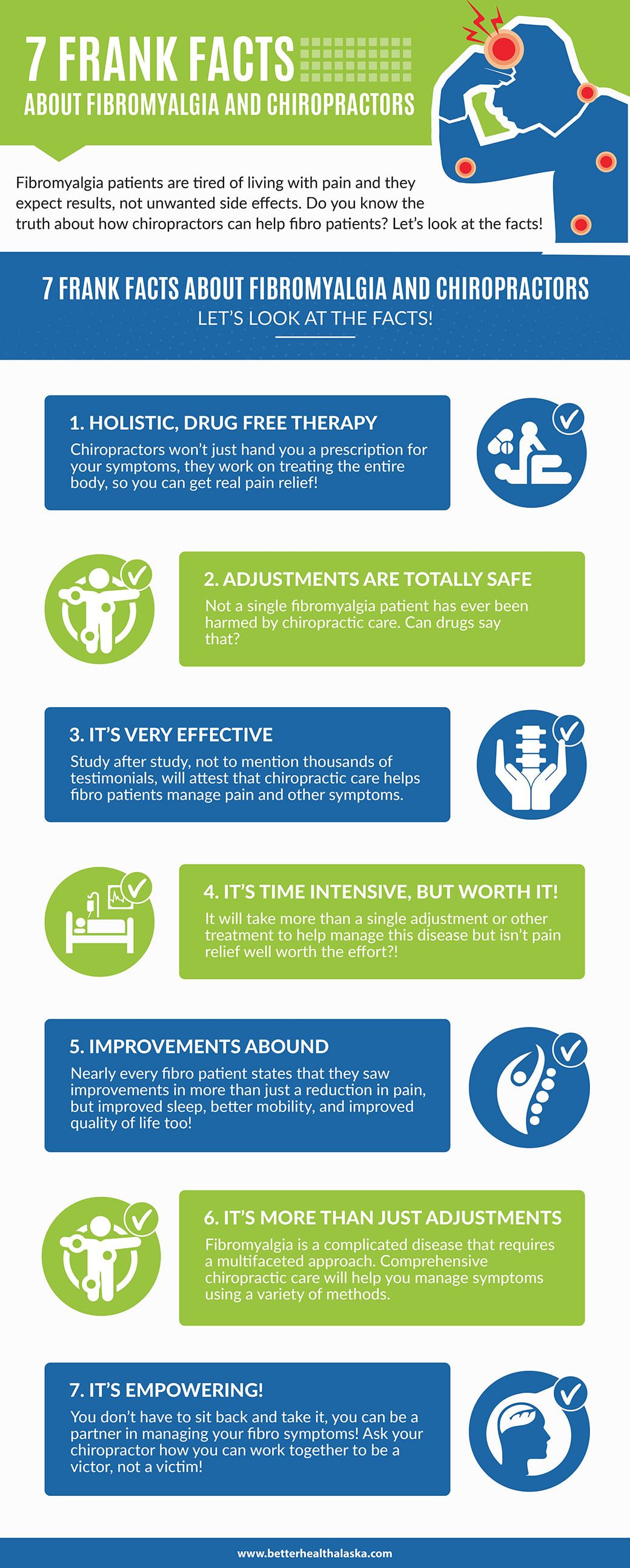Address Pain In The Back By Recognizing The Everyday Routines That May Be Adding To It; Small Changes Can Lead The Way To A Life Without Pain
Address Pain In The Back By Recognizing The Everyday Routines That May Be Adding To It; Small Changes Can Lead The Way To A Life Without Pain
Blog Article
Article Author-Dyhr Schaefer
Preserving correct stance and avoiding usual pitfalls in day-to-day activities can substantially impact your back health. From how you sit at your desk to exactly how you raise hefty objects, small changes can make a big difference. Picture a day without the nagging neck and back pain that prevents your every move; the service might be easier than you believe. By making a few tweaks to your day-to-day behaviors, you could be on your way to a pain-free presence.
Poor Posture and Sedentary Way Of Living
Poor posture and a sedentary way of life are two major factors to pain in the back. When you slouch or suspicion over while resting or standing, you put unneeded strain on your back muscles and spine. This can result in muscle inequalities, tension, and eventually, persistent back pain. In addition, sitting for long periods without breaks or exercise can compromise your back muscles and result in tightness and discomfort.
To battle bad stance, make a conscious initiative to sit and stand up right with your shoulders back and straightened with your ears. Remember to maintain your feet level on the ground and stay clear of crossing your legs for extensive periods.
Including routine stretching and enhancing workouts into your daily routine can likewise help boost your position and minimize neck and back pain connected with an inactive way of living.
Incorrect Training Techniques
Inappropriate training techniques can significantly add to pain in the back and injuries. When you raise hefty things, bear in mind to flex your knees and use your legs to raise, as opposed to counting on your back muscular tissues. Recommended Looking at turning your body while training and maintain the item near your body to minimize stress on your back. It's crucial to maintain a straight back and avoid rounding your shoulders while lifting to avoid unneeded pressure on your back.
Constantly analyze the weight of the object prior to raising it. If austin preferred 's also heavy, request for help or use tools like a dolly or cart to deliver it safely.
Keep in mind to take breaks during raising tasks to give your back muscle mass a chance to relax and protect against overexertion. By implementing correct lifting strategies, you can prevent back pain and reduce the risk of injuries, ensuring your back remains healthy and strong for the long term.
Lack of Normal Exercise and Stretching
An inactive lifestyle without regular workout and extending can considerably add to back pain and pain. When you do not engage in exercise, your muscle mass end up being weak and inflexible, resulting in inadequate stance and boosted stress on your back. Normal exercise assists strengthen the muscular tissues that support your back, improving security and lowering the risk of back pain. Including extending right into your routine can additionally enhance adaptability, preventing stiffness and discomfort in your back muscles.
To prevent back pain triggered by a lack of workout and stretching, go for at the very least half an hour of moderate exercise most days of the week. Consist of exercises that target your core muscle mass, as a solid core can help alleviate pressure on your back.
Additionally, take breaks to extend and relocate throughout the day, specifically if you have a workdesk task. Simple stretches like touching your toes or doing shoulder rolls can help eliminate tension and stop neck and back pain. Focusing on regular workout and extending can go a long way in preserving a healthy and balanced back and minimizing discomfort.
Verdict
So, bear in mind to stay up straight, lift with your legs, and remain active to stop pain in the back. By making basic modifications to your everyday habits, you can avoid the pain and limitations that feature pain in the back. Take care of your back and muscle mass by practicing excellent pose, appropriate lifting methods, and regular exercise. Your back will certainly thank you for it!
